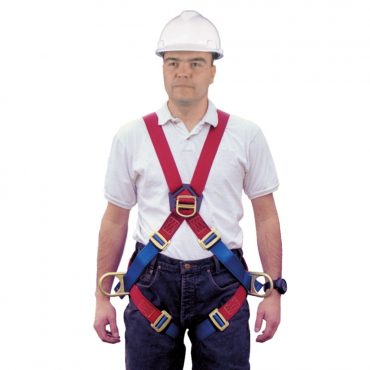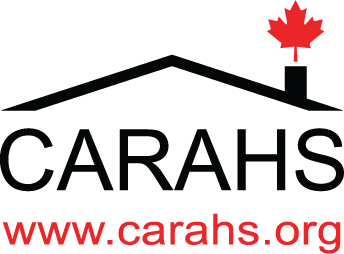
Alec Caldwell
Wearing the wrong body harness might not save you in a fall!
Canadian Contractor Resources Imaging falling out of the very thing that was designed to save you in the first place. Talk about defeating the purpose, right!!
Imaging falling out of the very thing that was designed to save you in the first place. Talk about defeating the purpose, right!!
Many full body harnesses are NOT designed to fit everyone. This can be due to a person’s shape or simply, it’s not sized enough to hold them in place. It has to fit like a glove or a made-to-measure suit.
At our Ministry of Labour (Mol) Ontario approved Working at Heights (WAH) courses, we demonstrate to attendees how tight a harnesses is supposed to be and usually most are unaware how tight.
What kind of harness should you buy!
Firstly, don’t buy harnesses packaged in buckets. It’s like buying a TV channel package, you get a some good, some mediocre and some crap. If it says made in China, maybe consider other options. A CSA-stamped harness or better is required. Further it’s not about the cost, it’s about the fit.
And don’t buy universal sizes That’s like buying all season vehicle tires, not particularly good in any season. Small, medium, large, X-large XX- large and humongous to fit all body sizes better.
I personally like the cross over style harness or cross your heart style (see photo) It seems to fit all wearers the best and keeps wearers more secured inside in the event of a fall. In our WAH classes, we show two versions of this type, one retailing around $200.00 and the other around $100.00. Either version works great. If you’re replacing them yearly, I’d go for the lesser priced version, but get make sure it’s current-dated.
Classes (types) of harnesses.
For general construction use, wearers should use a “Class A” harness, meaning the D-Ring (connector) is located between the wearers shoulder blades and a “Class L” which has an O-Ring at the wearers stomach (belly hook) this is needed to climb ladders.
Remember when climbing ladders in Ontario, at heights above three meters (9’ 9’’) (that’s from your big toe to the landing surface), the laws says workers need to be tied down. You’ll be okay using the O-ring (belly hook) located on the harness. I suggest a 2’ lanyard (less fall distance), a rope grab and a lifeline down the middle of the ladder secured at the base.
The Act also say the ladder has to be secured top and bottom. Don’t tie in from the D-Ring (located between the wearers shoulder blades) If a fall occurs doing this, the wearer will twist around, causing more injury, especially if their wearing a 6’ long lanyard (with a 3’6” shock absorber). If the worker is six-foot tall, he would fall a total distance of 15 foot 6 inches, causing them very serious damage due to the force of gravity. Remember to plan the fall distance from your anchor point (always anchor from above) to the ground. The less distance a person falls the better. Not falling is plan #1.
Get smart, get everyone trained and remember the deadline to get this course is looming up fast.
CARAHS is a Ministry of Labour (Ontario) Approved provider for Working at Heights Training (Pro # 34609) Check out our July special.
Toll free 1 866 366 2930


Leave a Reply